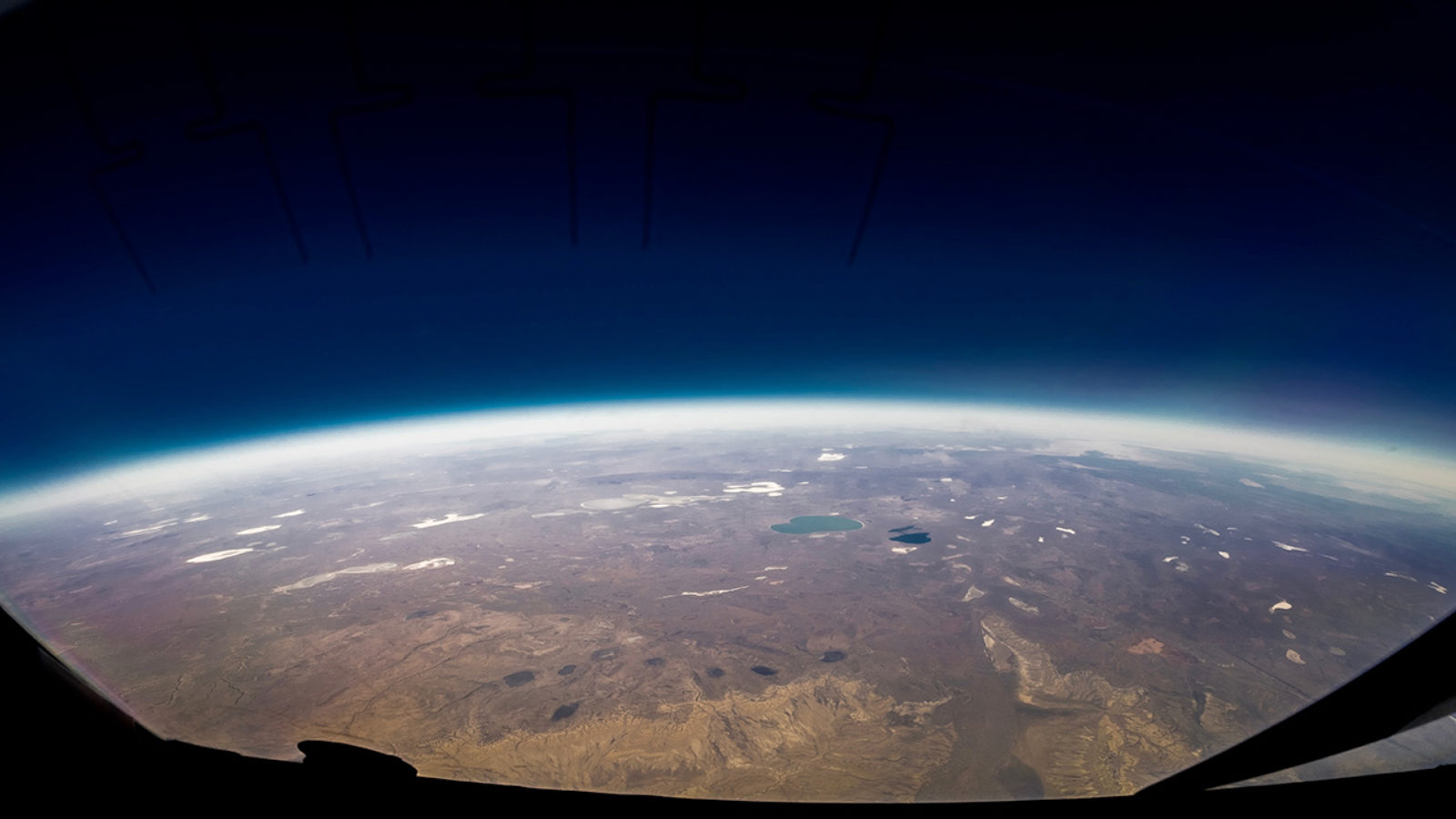
Rotate your tablet
for a better experience


Rotate your tablet
for a better experience

We occasionally participate in extraordinary programmes, at the limits of scientific knowledge of humanity. The PHARAO caesium atom clock, to be installed on the International Space Station; the seismometer of the InSight mission, designed to study the seismology of the planet Mars, the Pockels cells for the Megajoule Laser are some examples.
Their common points: they are examples of technological prowess, enabling new scientific experiments to be carried out, and will undoubtedly be sources of new discoveries.
Innovation is critical to us and we constantly question paradigms. We also apply this state of mind, which governs the development of our products and has made some of our most remarkable technical achievements possible, to our industrial project. Thus, we focus our efforts on our tools and our production methods, which have allowed us to initiate major breakthroughs in terms of competitiveness and efficiency.
To root this aspect of our culture within our walls, and to remind ourselves that what’s impossible today might not be tomorrow, our production spaces bear the names of science fiction authors.
Sodern’s expertise in a wide range of technical disciplines has led to the production of outstanding scientific equipment combining cutting-edge technologies in the fields of laser and optics, detection and electronics, neutron technology, mechanical and thermal engineering. Check-out a few of these instruments below!
The SEIS instrument, whose heart has been designed and produced by Sodern under CNES supervision, will be an ebnabler for NASA’s Insight mission. InSight’s objective is to place a stationary lander equipped with a seismometer and a heat transfer probe on the surface of Mars to study the planet’s early geological evolution. Our seismometer will measure micro-displacements related to the level of vibration to which it is subjected. The hermetic sphere containing the heart of the seismometer, assembled under vacuum, was delivered to the CNES (French National Center for Space Studies) in Toulouse, which carried out the environmental tests of SEIS and delivered the instrument to NASA.
Pharao is Sodern’s state-of-the-art a caesium laser-cooled atomic fountain clock. Based on nobel-prize winner Claude Cohen Tanoudjik’s work, Pharao is the main element of the European mission ACES (Atomic Clock Ensemble in Space). Fixed outside the International Space Station, this set will measure the transition frequency of cesium atoms between two quantum states to determine time with an accuracy of one second over 300 million years, thus providing a Universal Time reference for the various scientific laboratories around the world.
Part of France’s Atomic Energy Commission’s simulation program, the Megajoule Laser (LMJ) is used to study, on a small scale, the behavior of materials under extreme conditions similar to those encountered during nuclear weapons operation. Sodern designs and produces the Pockels cells which are instrumental in modulating the instruments’ luminous intensity.
Sodern provides dedicated, hardened navigation camera and star trackers for ESA’s mission to explore the Icy Moons of Jupiter.
Faced with Jupiter’s Moons’ hostile, radioactive environment, this set of instruments has required intensive software and hardware developments to provide the mission with reliable guidance and navigation systems.